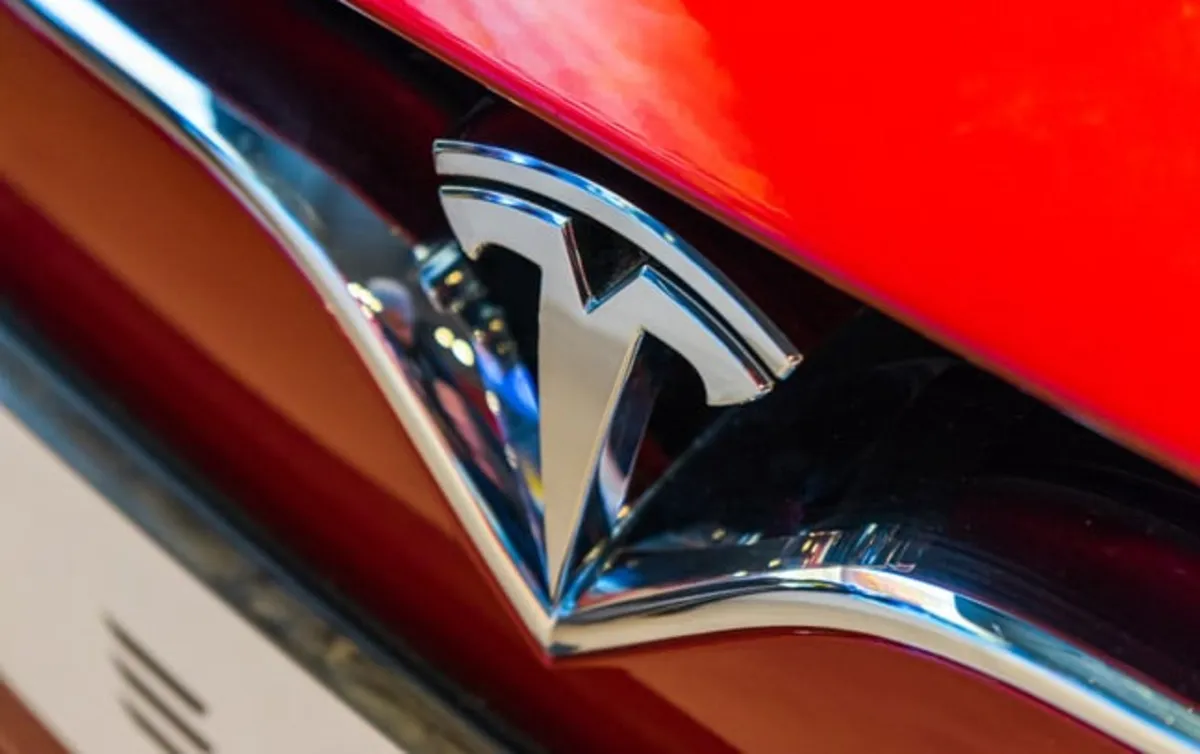
On Monday, Elon Musk officially launched his highly anticipated Robotaxi service in Austin, Texas. Although this launch has been heralded by many as a significant advancement in autonomous transportation, early user experiences indicate that the service still has considerable ground to cover compared to competitors like Waymo.
Back in 2019, Musk made bold predictions, claiming that a million self-driving Tesla taxis would be operational by 2020. However, the reality is that the Robotaxi service made its debut in 2025 with only about ten rebadged Model Y Teslas available for use. Currently, the service is restricted to a geofenced area of Austin and operates only during daylight hours. Notably absent from this launch is the much-anticipated Robovan, which Musk showcased in a previous event.
Tesla invited a select group of influencers and loyal supporters of Musk’s automotive vision to experience the service firsthand. While the reviews from these early adopters were predominantly positive, videos shared online reveal that a safety monitor accompanied each ride to provide technical assistance and, if necessary, to engage an emergency stop. Each trip is priced at $4.20, a likely nod to cannabis culture.
Videos from users indicate that the rides were generally smooth, but some glitches were evident. For example, YouTuber Dirty Tesla reported a frustrating incident where the vehicle stopped in the middle of the street after he requested to pull over. This forced the safety monitor to contact technical support to rectify the situation, leading Dirty Tesla to rate his experience only three out of five stars.
Another YouTuber, Farzad Mesbahi, faced a similar issue when his Tesla halted in the middle of a crosswalk, obstructing traffic until it eventually resumed its journey. The incident can be seen at the 38:20 mark in his video.
In stark contrast, Waymo, which originated from Google's self-driving car project in 2016, has been providing commercial rides in fully autonomous vehicles in San Francisco since 2023 and expanded its services to Austin in March. Notably, Waymo operates without a safety monitor, having completed over 10 million trips safely, according to their CEO. While no autonomous software is devoid of errors, Waymo's track record showcases its reliability.
The National Highway Traffic Safety Administration (NHTSA) is currently investigating reports of Tesla Robotaxis making operational mistakes. A spokesperson confirmed that they are in contact with Tesla to gather further information. Under U.S. law, the NHTSA does not pre-approve new technologies but mandates that manufacturers certify compliance with strict safety standards. They will continue to monitor incidents related to potential safety defects and take necessary actions to ensure road safety.
In an interesting twist, Waymo recently announced a partnership with Uber to expand its self-driving operations to Atlanta, covering approximately 65 square miles. Although Waymo has not disclosed the exact number of vehicles to be deployed, it currently has around 100 self-driving cars on the roads in Austin.
With such a limited fleet and several operational challenges, Elon Musk has significant catching up to do in the autonomous vehicle sector. However, despite the launch hiccups, Tesla's stock saw an uptick of about five percent during the week, indicating that investor confidence remains strong in Musk's vision for the future of transportation.